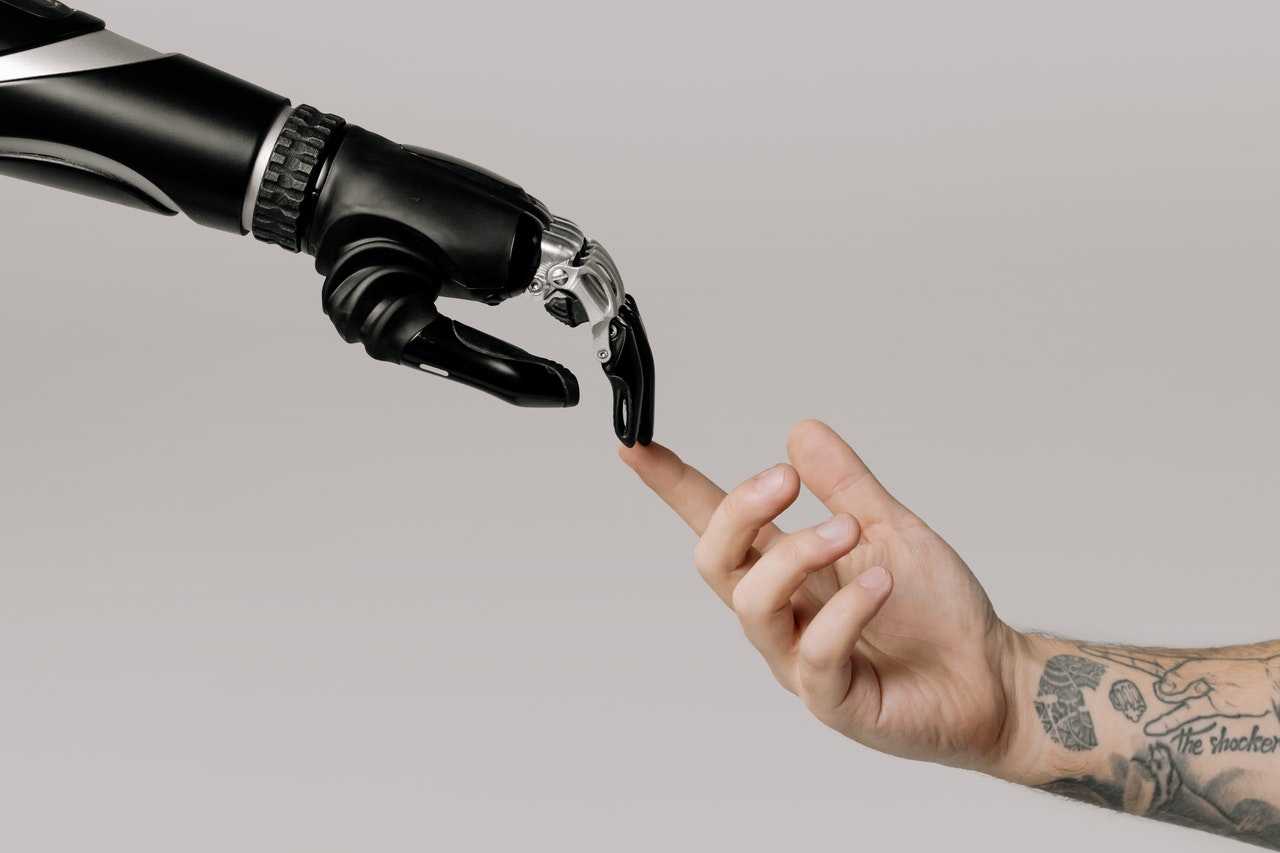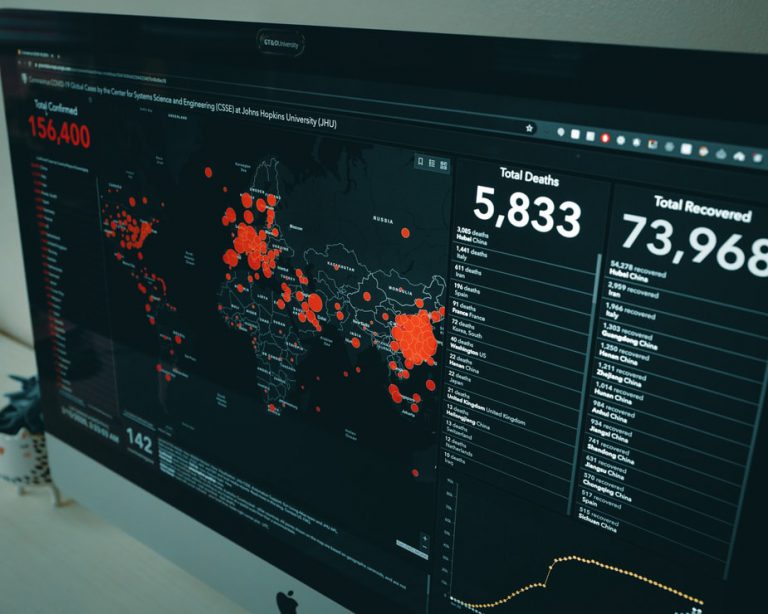6 efemérides en el campo de la programación
13 septiembre, 2021 Foto: AltumCode (@altumcode) en Unsplash.
Foto: AltumCode (@altumcode) en Unsplash.(Below you can find the English version of this blog post: 6 important dates for programmers.)
El software tiene un papel cada vez más destacado en nuestra sociedad y economía. Además, cada vez son más personas las que se dedican profesionalmente al desarrollo de software. Por este motivo, se han propuesto diferentes fechas para celebrar y reconocer el papel del software en nuestras vidas. En esta entrada te hablamos de 6 efemérides en el campo de la programación.
Fechas dedicadas a la profesión
En primer lugar, tenemos las fechas dedicadas a reconocer a las y los profesionales del desarrollo de software: el Programmer’s Day. Existen dos propuestas de fecha para esta ocasión, relacionadas con el sistema binario y números que son potencias de dos:
- En Rusia, este día se celebra el día 256 del año: el 12 de septiembre (en años bisiestos) o el 13 de septiembre (en años corrientes). El número 256 es una potencia de 2 (2^8) que corresponde con el número de valores que puede tomar un byte, un número binario de 8 bits. Además, 256 es la mayor potencia de 2 que es inferior al número de días del año (365).
- En China, este día se celebra cada año en el 24 de octubre. Si escribimos esta fecha en el formato YY/MM/DD quedaría como YY/10/24, que puede leerse como 1024. De nuevo, 1024 es una potencia de 2 (2^10) y otro guiño a la importancia del sistema binario en los ordenadores.
Así pues existen dos fechas alternativas para profesionales del desarrollo. Además, una de ellas cambia de día cada 4 años mientras que la otra pierde su significado en países donde el formato de fecha no es YY/MM/DD. Por todo ello, ninguno de las dos se está imponiendo respecto a la otra.
También existen efemérides parecidas para otras profesiones relacionadas con el mundo del software, como el System Administrator Appreciation Day. Esta fecha se celebra el último viernes de julio desde el año 2000. Y si no somos muy puristas, también podemos apuntarnos a celebrar el World Computer Day (15 de febrero, en recuerdo a la presentación de ENIAC) y el World Telecommunication and Information Society Day (17 de mayo).
Fechas dedicados a una causa
Por contra, otras fechas buscan llamar la atención sobre retos relacionados con el software y su papel en la sociedad.
Por ejemplo, el 12 de octubre se celebra el Ada Lovelace Day. Esta fecha busca dar visibilidad a las contribuciones de las mujeres a las disciplinas STEM (ciencia, tecnología, ingeniería y matemáticas). Ada Lovelace está considerada la primera programadora de la historia. Además, la informática es un campo donde las mujeres han realizado aportaciones relevantes que no han sido suficientemente reconocidas. Por ello, aunque el alcance de esta efeméride va más allá del mundo de la informática, tiene una especial relevancia para quienes se dedican al mundo del software.
Finalmente, el 18 de septiembre se celebra el Software Freedom Day, que destaca la importancia del software libre y las virtudes de las libertades que conlleva: poder usar, inspeccionar, modificar y distribuir software sin restricciones. Conviene recordar que el software libre hace posible gran parte de la tecnología que usamos diariamente y que es necesario cuidarlo y defenderlo.
6 important dates for programmers
Software has an increasingly prominent role in our society and economy. Moreover, every day there are more people who develop software professionally. Thus, several days throughout the year have been highlighted to celebrate and recognise the role of software in our lives. In this post, we will talk about 6 important dates for programmers.
Dates dedicated to the profession
First of all, some dates such as Programmer’s Day aims to recognise the software development professionals. Two different dates for this celebration have been proposed, both of them related to the binary system and powers of two:
- In Rusia, this day is celebrated on the 256-th day of the year: September 12 (leap years) or September 13 (non-leap years). The number 256 is a power of 2 (2^8) that corresponds to number of values that fit in a byte, a binary number with 8 binary digits (bits). Besides, 256 is the largest power of 2 that is less than the number of days in a year (365).
- In China, this day is celebrated each year on October 24. If we write the date using the YY/MM/DD format, that day would be YY/10/24, that can be read as 1024. Again, 1024 is a power of two (2^10) and another nod to the importance of the binary system in computers.
Therefore, there are two alternative dates for a «programmer’s day». Furthermore, one of them changes slightly every 4 years while the other’s meaning is lost in translation in countries where the YY/MM/DD date format is not used. For all that, neither of them is prevailing over the other.
There are also similar dates for professions related to the software domain, such as the System Administrator Appreciation Day. This day is celebrated on the last Friday of July since the year 2000. And, if we are not purists, we can also join the celebrations of the World Computer Day (February 15, honoring the presentation of the ENIAC computer) and the World Telecommunication and Information Society Day (May 17).
Dates dedicated to a cause
On the other hand, other dates aim to draw attention to challenges related to software and its role in society.
For instace, October 12 is Ada Lovelace Day. This date seeks to make the contributions of women in STEM disciplines (science, technology, engineering and mathematics) more visible. Ada Lovelace is considered the first software developer in history. Moreover, computer science is a field where women have made significant contributions that have not received sufficient recognition. For this reason, even though the scope of this date goes beyond computing, it has a very special relevance for all those who work developing software.
Finally, September 18 is the Software Freedom Day, a celebration of the relevance of open source software and the benefits of the freedoms it grants: using, inspecting, modifying and distributing software freely. It is important to remember that free software is the foundation of many technologies that we use daily and that it is necessary to contribute to it and defend it.





